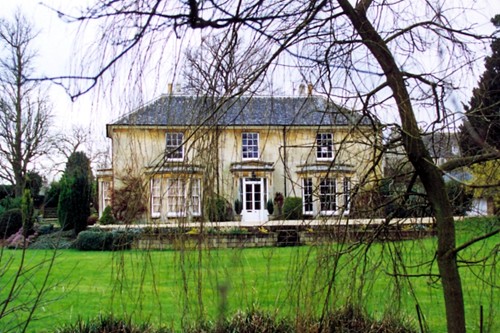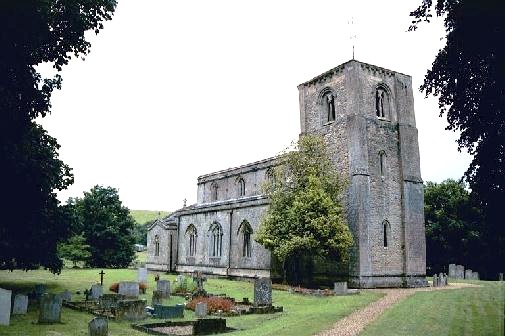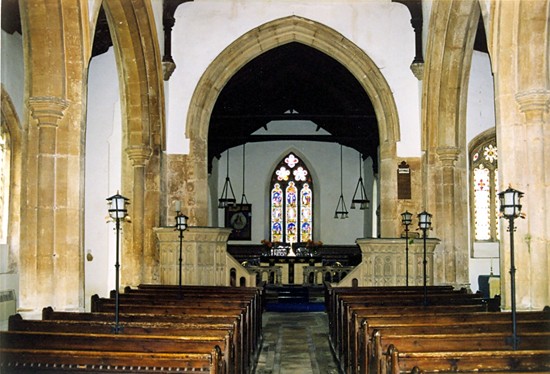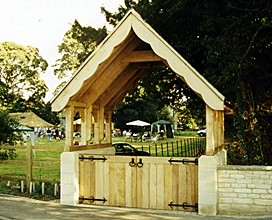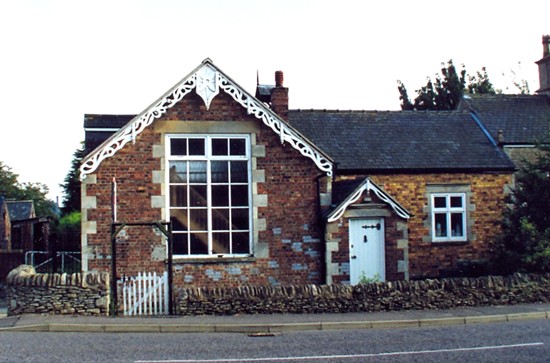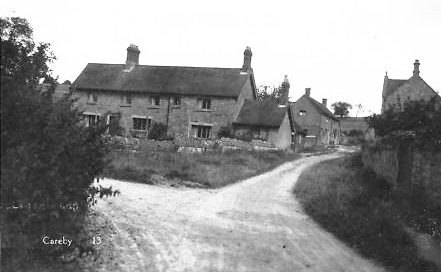|
Careby
The old rectory at Careby Train spotters have a soft spot for Careby, a name given to this village by the Danes who established a settlement here 1,000 years ago after sailing up the River Glen. The village can be found six miles south west of Bourne and the attraction for railway enthusiasts is the road bridge that crosses the main east coast line between London and Scotland that provides a magnificent view in either direction for photographers who arrive regularly with their equipment whenever an engine such as the Flying Scotsman is passing through. It was on this section of track that the steam locomotive Mallard set up a new world record in 1938 with a speed of 126 m p h. The road over the bridge descends east into the village, past the Cotswold-style Manor Farm to the River Glen where there are two buildings of note in the vicinity, the Old Rectory and the church that has commanding views of the surrounding countryside. The chancel is Norman and there is a massive 14th century inner door with an iron knocker in the shape of two lizards whispering into St Stephen's ears, specially made for the use of criminals claiming sanctuary, while another treasure, preserved in glass, is a crimson velvet altar frontal made from a beautifully embroidered 15th century cope depicting the Virgin Mary entering into heaven, surrounded by angels, seraphims and twin-headed eagles. This church is also well tended, both inside and out, a sign of a continuing faith in a world where religion is in decline, for sufficient money has recently been found to add a lychgate to mark the millennium and the date 2000 has been carved into the front. The project was the inspiration of the local community led by Geoff Midwood, and David Espin was responsible for the blueprint. The stone and oak beams used in its construction were all found locally, two oaks being selected from the Holywell estate and the woodwork was carried out by local master carpenter Aubrey Fenn who has been resident at Careby for almost 40 years, while the ironwork strap hinges on the doors were crafted by the blacksmith from the Burghley estate. It is a most worthy addition to this beautiful country church and is so sturdily built that it should stand the test of time well into this new millennium and a time capsule has been buried under the floor of the gate containing details and photographs of the construction as a reminder to those who come after. The village school was opened in 1869, and closed before 1970. The building, to the west of the railway line, is now a private home. During the second world war the village played host to children from Sheffield who attended a working farm camp to help with the harvest. They were accommodated in the village hall.The hamlet of Aunby is nearby, comprising just seven houses, one of them a farm with catering cottages. The name derives from the Old Norse meaning Aun's farmstead or village and was first mentioned in the early 13th century (1203) and may be the remains of a deserted mediaeval village. This tiny community is next to the main east coast railway line and the West Glen River flows to the east. Since 1931, it has been part of the parish of Careby, Aunby and Holywell.
See also Careby Camp
Go to: Villages Index |
||||||||||||
